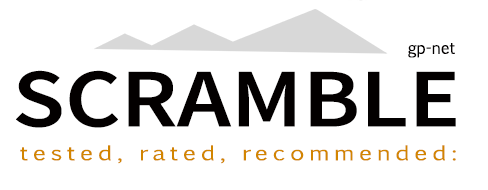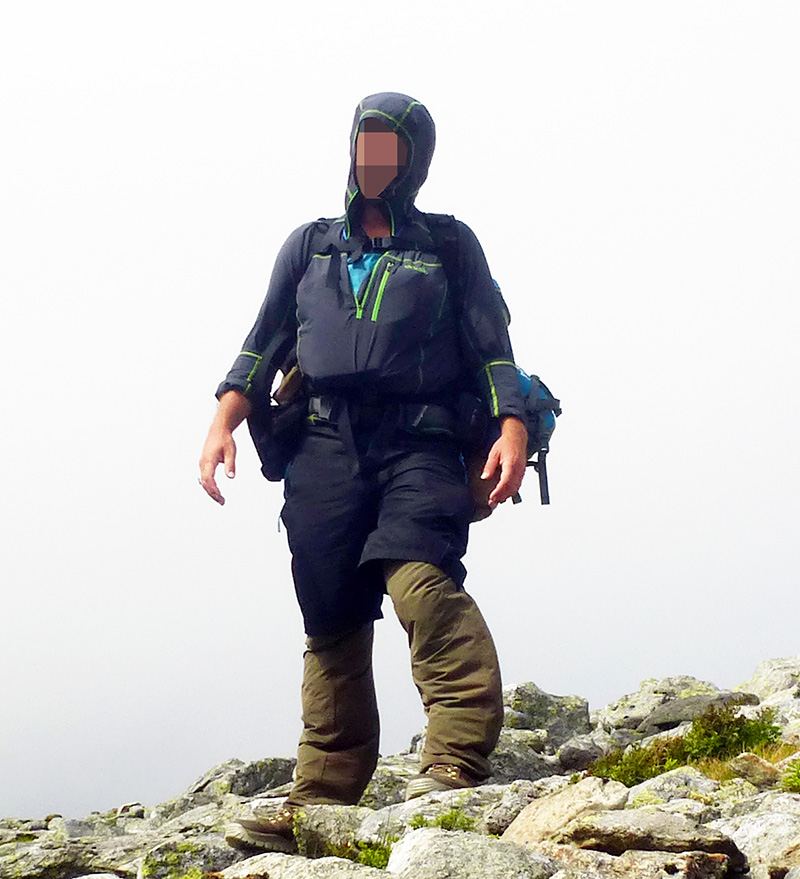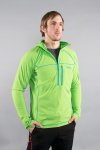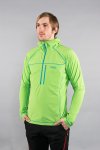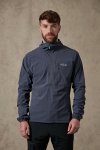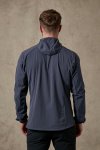This product has been updated
Click on the image above or here to see the new version.
Preface
Rab updated their highly rated Boreas Pull-on hoodie in 2017 and renamed it the Borealis Pull-on. Unlike many upgrades in recent times (that have proven to break something that never needed fixing), Rab have done a great job and many of the negatives in this review no longer apply. We've updated the score to reflect these improvements but have left the old review in place, as all the positives still apply.
As always, we're looking at the Rab Boreas / Borealis from the point of view of long distance trekking over tough terrain.
Test subject: Chest 42", Waist 33", Height: 5ft 8"
Test item: 2015 version, size = Large (2019 winter kit test = Borealis size = Large)
Kit Tests: Winter, Summer
Disclaimer: None required (item not provided by manufacturer)
Datasheet
| Materials: Matrix SWS™ (Nylon / Elastane) | 85% / 15% |
| Treatments: Polygiene Stay Fresh odour control | - |
| Weight (Size Large, 2015 model / 2018 Borealis) | 272g / 280g |
| Product Sizing Reference: 42" Chest = | Large |
| Manufacturer RRP | £70.00 |
Scramble Review
Introduction: Compromise Perfected
The Rab Boreas Pull-on is something of an anomaly for us (as we're not fans of compromise) but this Rab piece is compromise perfected; tough, light and just the right amount of protection from the elements, rocks and undergrowth to make it an absolutely indispensable item.
Many see the Rab Boreas Pull-on as a wind-resistant mid layer, however we regard it an active outer layer and only as mid-layer in Winter (see conclusion).
 The Rab Boreas during Scramble's 160 mile Summer 2016 kit test
The Rab Boreas during Scramble's 160 mile Summer 2016 kit test
The Boreas is highly breathable which means it's not wind PROOF, but its tight weave gives it a very good degree of wind resistance. Since most of the cold we experience is heat loss from the wind, this "non-thermal" layer provides a sufficient degree of warmth when active and, in warmer weather, when stopping for a break. What really sets the Boreas apart in the wind-top category is 1) breath-ability, which prevents overheating (which means you're not taking it off and putting it back on all the time) and 2) its abrasion resistance (its much tougher than Pertex wind-tops). Rab's Matrix SWS fabric is surprisingly tough for its weight and provides a good degree of stretch making it a favourite among climbers. The fabric provides sufficient flex, if snagged on thorns, branches or sharp rocks, it's unlikely to rip.
The Boreas has a deep zip for venting and zips up almost over the chin for when the wind bites. The depth of the zip is useful as it allows easy access to stuff tucked underneath (in this case a Granite Bag around the neck containing a couple of OS maps, flapjacks and some other essentials). With shorter zips access to this kind of bulk can soon become a nuisance.
The Boreas has a simple fitted hood with no adjustment (more on this later) and a good sized chest pocket (large enough to stuff the Boreas into), the zips are robust, work smoothly and go unnoticed. Simply put the Boreas Pull-on is up to Rab's usual high standards and wears exceptionally well.
Fit and Packability
For a slim fit a size medium would work for a 42" chest (and for climbing this would have been my choice) but for trekking / scrambling the large is a better option. A slightly looser fit makes it was more airy / cooler in hot and clammy conditions. In Winter, a size large fits nicely over a light insulated jacket (see below) protecting the jacket from thistles and the like:
 Rab's Boreas Pull-on over Mountain Equipment's Compressor Hooded Jacket
Rab's Boreas Pull-on over Mountain Equipment's Compressor Hooded Jacket
Note: as of 2016 Rab have made the fit slightly tapered / slimmer, i.e. less boxy and the hood has been reduced to fit better under a helmet.
The Boreas packs down small into its own pocket and will fit in most trouser thigh pockets (meaning its weight when not in use doesn't need to go onto your shoulders).
Quick to Dry?
 Winter Kit Test 2016/17 - drying out kit during a gap in the hail.
Winter Kit Test 2016/17 - drying out kit during a gap in the hail.
In the Winter 2015/16 and 2016/17 kit tests the weather was nasty with a mixture of intense and prolonged precipitation (heavy rain, sleet, hail, snow) and bouts of freezing cold (down to -8 C); perfect conditions for hypothermia - everything got wet. In the recent test we had enough sun one day to dry kit out (see pic) and the Boreas was noticeably slow to dry compared to other items. So no, in these conditions the Rab isn't quick drying (however it did work well in subzero conditions as a mid-layer even when damp). We've docked a half point here for function. In warmer weather when the sun actually shines, yes the Rab dries quickly.
Any Negatives? Gorillas with neck strain ...
The Boreas is aimed primarily at climbers; its hood being helmet compatible. As with most climber focused hoods, what works well for the helmetted climber doesn't always suit the trekker. Peaked caps are pretty handy for blocking the sun and the rain and we use them all year round. When it's really windy the Boreas Pull-on fits nicely over a cap which is useful for keeping the cap from blowing off your head. However, when ascending you're often looking up and I've found, with a pack on, the Boreas tends to pull down slightly (where the peak joins the skull part of the cap) and this pressure extends to the neck as it counters a slight downward force pushing on the back of your head (or pushing the peak down over your eyes). In the short term this isn't much of an issue, but over time it is and I ended up choosing to wear the cap on top of the hood, which meant it could get blown away. This only happens with peaked headwear, so for beanies and any other headwear this isn't an issue.
To be honest it's not deterred any of us from using it or really looking for an alternative. It's simply a reflection of the Boreas Pull-on's intended market.
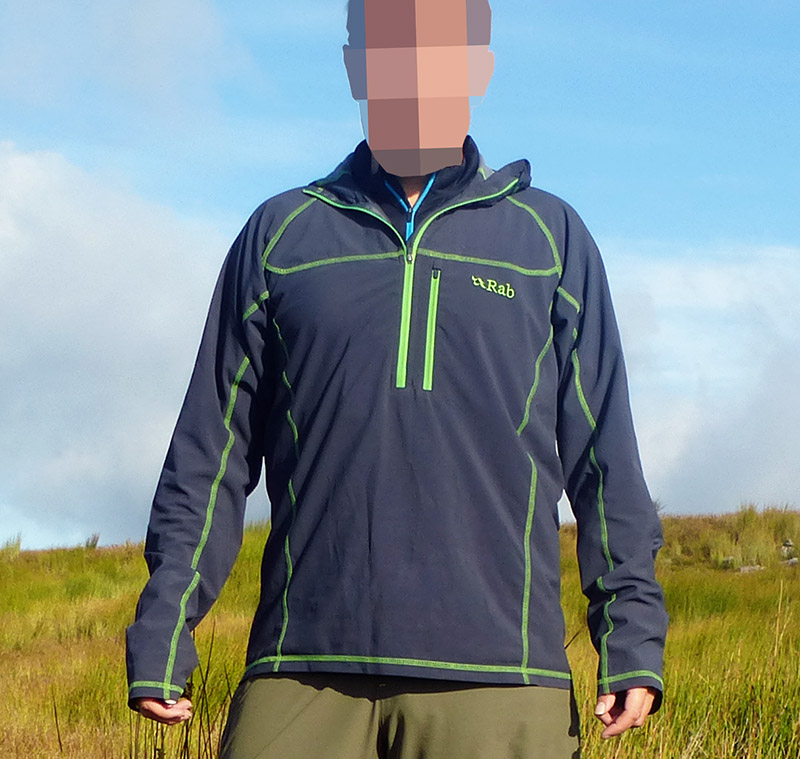 The long arm of the law according to Rab: The Boreas over a Ronhill Advance Zip Tee.
The long arm of the law according to Rab: The Boreas over a Ronhill Advance Zip Tee.
Some people have quite fairly pointed out the length of the arms as being an issue. Yes, they are long, but it's trivial to roll them up, furthermore once rolled up they stay in place. Another reason I don't consider this a negative is that more than once I was glad of the extra length to temporarily shield my hands from the wind (rather than put gloves on for 10 minutes). So I regard this as more of a feature than a bug.
We've docked one and a half points for the hood and another half point for its slow drying time.
Conclusion & Rating
Something for all seasons? Not quite, but perhaps one half of the ultimate 4 season Softshell
The Boreas is the ideal outer layer for trekking conditions equivalent to UK Summer, late Spring and Early Autumn. However, we really consider the Rab Boreas as one half of the perfect 4 Season Softshell.
When paired with Mountain Hardwear's Super Chockstone jacket, you have a double layered Winter Soft Shell, with a Rab inner and a Mountain Hardwear outer, combining to form a breathable yet highly wind resistant, reasonably water resistant, tough and functional Winter jacket for active use.
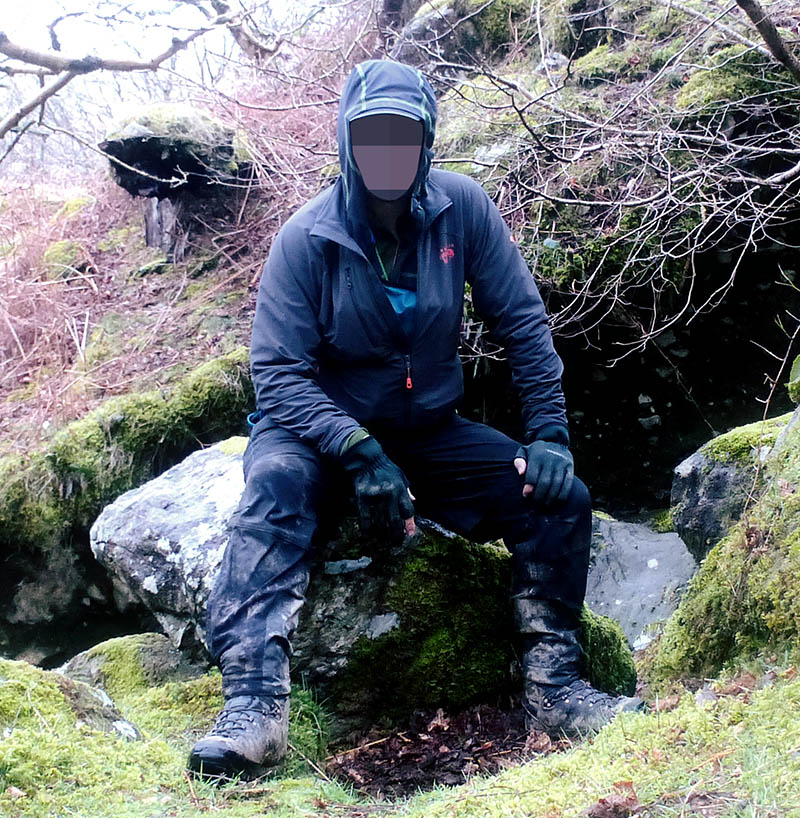 The Super Chockstone over Rab's Boreas Hoody
The Super Chockstone over Rab's Boreas Hoody
However, unlike a traditional alpine softshell, these two items can be used independently. So, in Summer, late Spring and early Autumn the Rab Boreas Pull-on provides ideal protection from the elements without causing overheating; likewise Mountain Hardwear's slightly heavier Super Chockstone will cover the remaining seasons: early Spring, and late Autumn.
Note: Rab's Boreas size Medium or Large both fit nicely under Mountain Hardwear's Super Chockstone size Medium.
We always recommend carrying a ~100g windtop in your trouser pocket (Keela and Arktis make sensibly priced ones and they're handy to keep showers at bay without having to resort to your waterproofs). In our 2016 Summer Kit test in Snowdonia the winds over Carned Llewellyn were sufficiently powerful and cold to over-power the Boreas Pull-on; not so much a failure as more a testament to its breathability. Overall, I was surprised how much use it got. Whenever, the weather wasn't in Summer T-Shirt Mode, the Boreas was on - whereas only a couple of occasions over the 10 days the wind-top was required.
Product Images
The Boreas on the left (acid green) and the Borealis on the right (steel grey)
Rating (out of 10)
* The value score is derived from two factors:
1) Competitive Market Price (CMP). This represents our judgement of a competitive online price point if we were to stock the item. e.g. if we feel we would need to sell an item at 40% off (i.e. 60% of its full RRP) to be competitive, then our CMP score will be 6/10.
2) Customer Value Price (CVP). We then make an honest appraisal of the maximum price we would be willing to pay for the item (and we're mean). So if we'd pay 80% of its RRP our CVP score would be 8/10.
We then average the two scores to get our final value score, which in our example would be 7/10.
Finally, a note on Thermal Mid Layers
So, a man fell out of a moving train in Siberia wearing only a t-shirt and jeans.
Question: How did he survive the intense cold?
Answer: He ran along the tracks until he finally (many hours later) made it to a station. He didn't die because during his (no doubt uncomfortable and scary) run he generated sufficient heat to stay alive. Moral of the story: don't underestimate how much heat you generate when on the move.
All those funky thermal mid layers with their "polartec this" and "hi tech fleece that" look very appealing and for some they may even be appropriate. So, for mountaineers / climbers who are often in exposed and unpleasant conditions where their activity level (and likewise the heat they generate) is highly variable (either belaying or climbing) an additional thermal layer may be a requirement. Conversely, those rambling around the great outdoors taking in the sights may not be generating sufficient heat and thus require additional warmth to supplement their base and outer layers.
However, for those exerting themselves trekking for long periods, over long distances and scrambling over challenging and variable terrain, a thermal mid-layer is probably not required. When you're active, a baselayer and a softshell (plus waterproofs when needed) should be sufficient as you generate a great deal of heat carrying a pack (with food / shelter for multiple days/weeks) and when you stop for a break, as you cool down, a lightweight (<400g) insulated jacket is in our view a far better option (especially as in sub zero conditions this kind of jacket can be paired with a mid-weight insulated jacket for freezing nights camped up in the mountains).
Last Updated: 09/10/19
